What are the Key Differences Between Residential and Commercial Leases?
Leases are fundamental agreements in the real estate industry, defining the relationship between landlords and tenants. While residential leases pertain to living spaces such as apartments and houses, commercial leases cover properties used for business purposes such as offices, retail stores, and industrial facilities. The differences between these two types of leases extend beyond the type of property involved and encompass variations in legal protections, lease terms, and responsibilities.
Statutory Protections and Regulations
Residential Leases
Residential leases are subject to extensive statutory protections aimed at safeguarding tenants. These protections vary by jurisdiction but generally include:
Habitability Standards: Landlords must ensure that the rental property meets basic living standards, including safe structural conditions, working utilities, and compliance with health and safety codes. If the premises become uninhabitable during the term of the lease, the tenant will likely have a statutory right to terminate the lease and may be entitled to other remedies.
Security Deposits: There are often strict regulations regarding the amount that can be charged for security deposits, how these funds must be held, and the conditions under which they can be retained or returned. These regulations differ by state, but in many cases a tenant may be entitled to significant damages if the landlord fails to adhere to the specific requirements applicable to the state in which the property is located.
Eviction Procedures: Residential tenants are granted significant protections against eviction. Landlords must follow specific legal procedures to evict a tenant. In addition, certain municipalities provide some amount of rent regulation or rent control to certain units. The specifics of any of these policies is specific to the applicable policy of rent control, but in many instances, it can be nearly impossible for a landlord to evict a tenant in a rent-controlled unit other than due to the nonpayment of rent or in other very specific circumstances.
In general, these statutory requirements are designed to protect tenants, who are typically considered the less powerful party in residential lease agreements.
Commercial Leases
In contrast, commercial leases are generally subject to fewer statutory regulations. This is based on the assumption that business tenants have greater leverage to negotiate more equitable terms with a landlord than do residential tenants and may be more sophisticated and able to protect their own interests. Key distinctions include:
Fewer Habitability Requirements: Commercial leases are not bound by the same habitability standards as are residential leases. The condition and maintenance of the property are often negotiable and defined in the lease terms. Commercial tenants do not enjoy the same statutory protections as do residential tenants. As a consequence, commercial tenants need to ensure that a lease provides them with an adequate ability to ensure that needed repairs to the premises are made.
Flexible Security Deposit Terms: There are typically fewer restrictions on security deposits. The amount and terms of retention and return of a security deposit are usually negotiable between the landlord and tenant. Commercial landlords are not always required to return a security deposit within a fixed period of time as residential landlords generally are. This again varies on a state-by-state basis, but as a general rule commercial landlords have more leeway in how they handle security deposits than do residential landlords.
Eviction and Termination: Commercial leases provide fewer statutory protections against eviction. The terms and conditions for termination are outlined in the lease, offering landlords more flexibility. While some states, such as California, impose a fairly comprehensive rubric for the remedies available to a commercial landlord in the event of a tenant breach, other states, such as Massachusetts afford the parties significantly more leeway to negotiate the remedies available to a landlord in the event of a tenant breach.
This reduced regulatory oversight allows for greater freedom in crafting lease agreements that meet the specific needs of the landlord and tenant. It is important for parties to a commercial lease to understand the terms contained in the lease and bargain for the protections that they require.
Lease Terms and Negotiability
Residential Leases
Residential lease terms are often standardized to ensure clarity and fairness. Common features include:
Short Lease Terms: Residential leases typically have a fixed term (e.g., one year) or operate on a month-to-month basis. Renewal terms and rent increases are usually governed by local laws. It is unusual to see a residential lease with an initial term longer than 2 years.
Less-Negotiable: Residential leases tend to be less negotiated than are commercial leases.
Standardized Documents: Residential leases often use standardized forms to ensure compliance with legal standards and to simplify the leasing process.
Commercial Leases
Commercial leases tend to be more customizable than are residential leases in order to appropriate address the diverse needs of businesses. Key characteristics include:
Variable Lease Terms: Commercial leases can vary significantly in duration, often ranging from a few years to several decades. Renewal options and rent escalations are negotiated based on the business’s needs and market conditions.
Negotiable Clauses: Almost every aspect of a commercial lease is negotiable. This includes rent, maintenance responsibilities, use of space, and options for expansion or termination. Businesses often negotiate terms to align with their operational requirements.
Complex Documents: Due to the tailored nature of commercial leases, these documents are often lengthy and complex. They require careful review and negotiation to ensure all terms are clearly defined and agreed upon.
The negotiability of commercial leases allows businesses to secure agreements that closely match their strategic goals and operational needs.
Responsibilities and Maintenance
Residential Leases
In residential leases, the landlord generally assumes all or nearly all maintenance responsibilities for the premises. Key responsibilities include:
Landlord Responsibilities: Landlords are typically responsible for maintaining the property in a habitable condition. This includes repairs to essential systems (e.g., plumbing, heating, air conditioning) and compliance with health and safety regulations.
Tenant Responsibilities: Tenants are usually responsible for keeping the property clean and notifying the landlord of any issues requiring repair. Tenants must also comply with occupancy rules and avoid causing damage beyond normal wear and tear.
These responsibilities are designed to ensure that residential properties remain safe and livable for tenants.
Commercial Leases
Commercial leases allocate responsibility for costs associated with the property such as property taxes and property insurance and distribute responsibility for performing and paying repairs and maintenance in a variety of ways. Common arrangements include:
Triple Net Lease (NNN): In a triple net lease, the tenant is responsible for property taxes, insurance, and maintenance, in addition to base rent. This shifts significant financial and operational responsibilities to the tenant. In some instances, the landlord retains responsibility for major structural items (e.g. roof, foundation, exterior walls), whereas in other instances a tenant is responsible even for those items. In addition to the financial responsibility for these repairs, some leases provide for the tenant to actually perform the work while others provide for the landlord to perform the work and be reimbursed by the landlord.
Gross Lease: In a gross lease, the landlord covers all property-related expenses, and the tenant pays a single, all-inclusive rent amount. Under a gross lease the landlord generally assumes responsibility for repair and maintenance of the property outside of the premises and the tenant retains responsibility for maintaining the interior of the premises.
Modified Gross Lease: This is a hybrid approach where the landlord and tenant share expenses. Specific responsibilities are delineated in the lease agreement. Most commonly the landlord will retain responsibility for performing major repairs to the property, but some or all of the costs associated with those repairs may be passed through to the tenant depending on the specific terms of the lease.
The parties need to be sure to understand the terms of any lease they enter into. Because the allocation of responsibility for performing and paying for repairs and maintenance can vary so widely between leases, the actual cost of occupancy to a tenant is significantly impacted by the structure of the lease. While negotiating a lease, both parties should pay close attention to the allocation of responsibility for both performing and paying for various tasks associated with the upkeep of the property.



